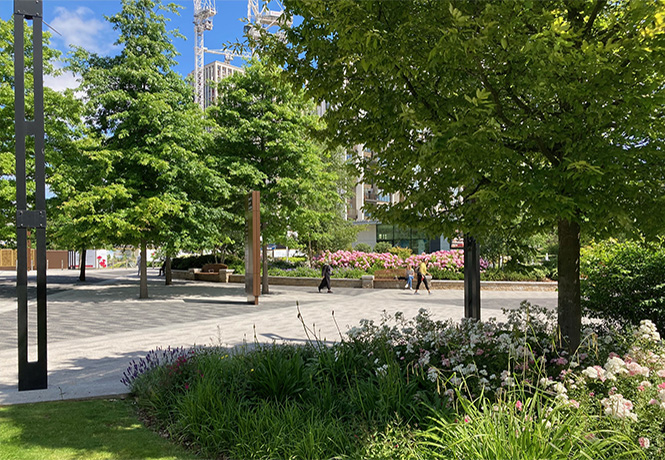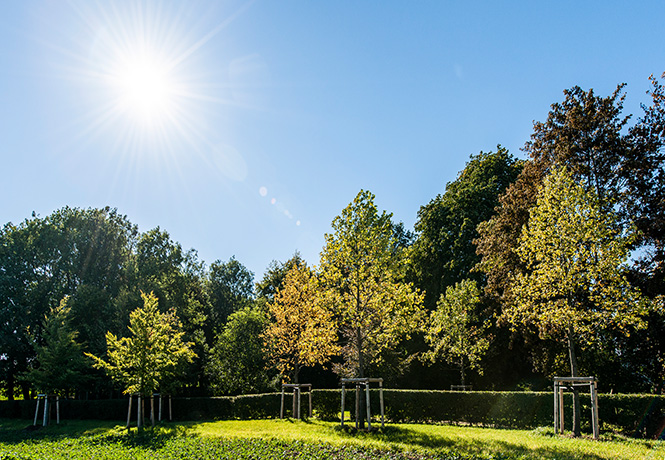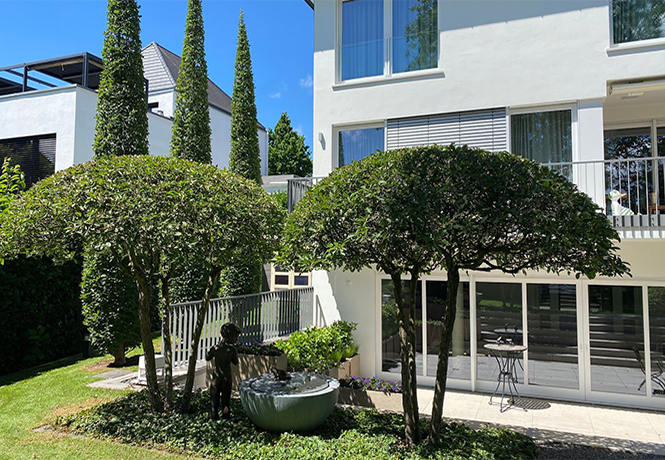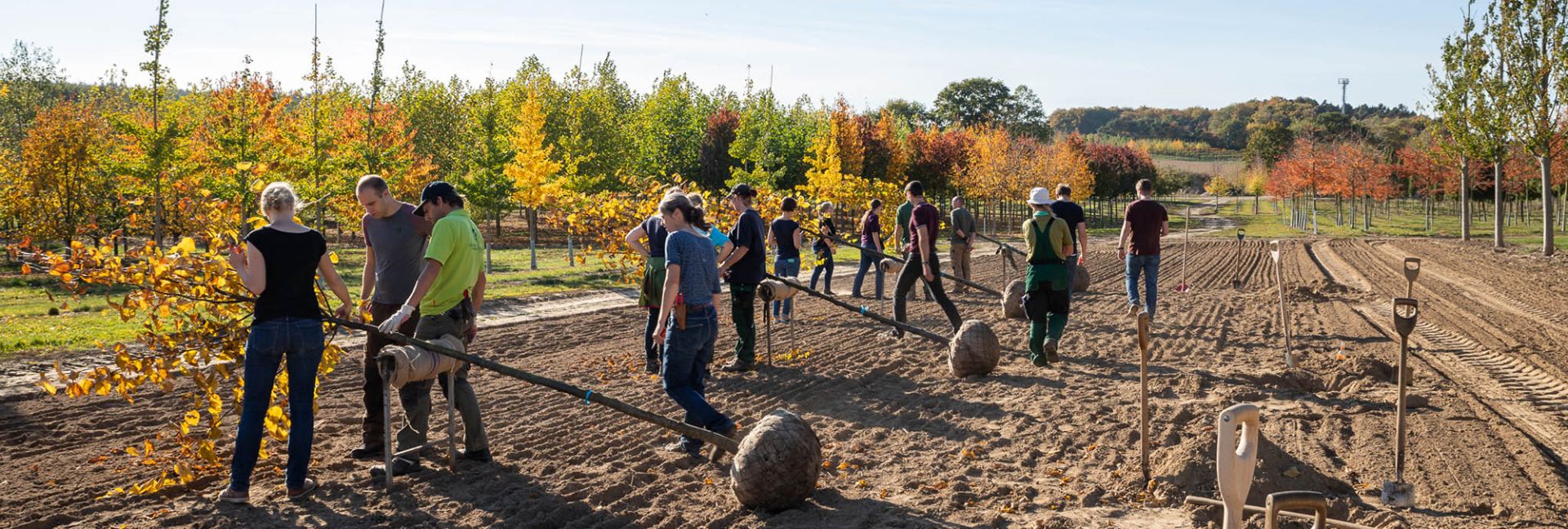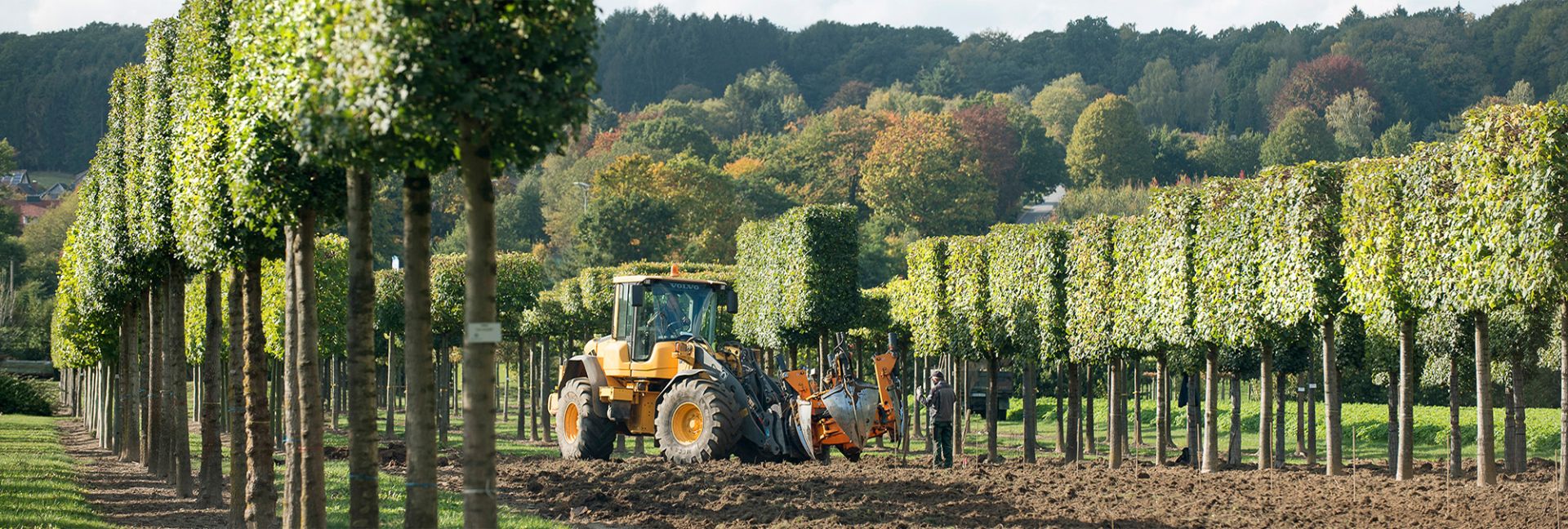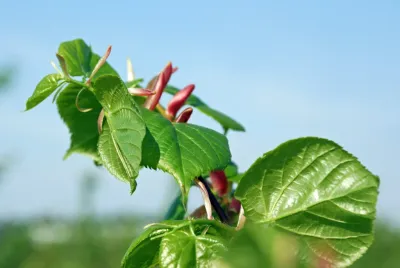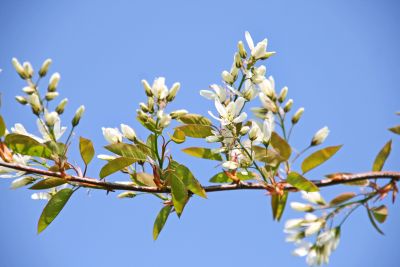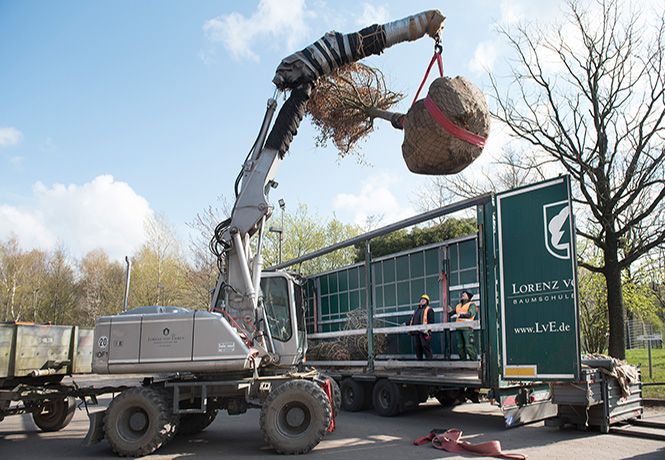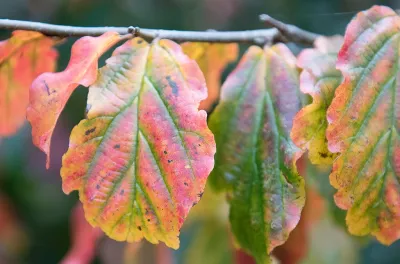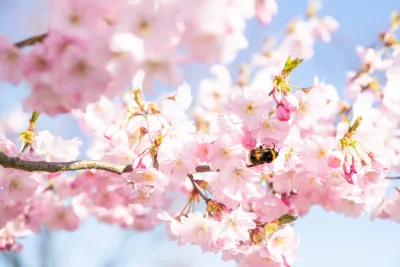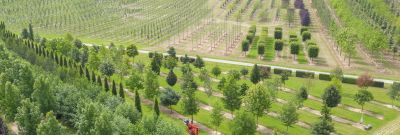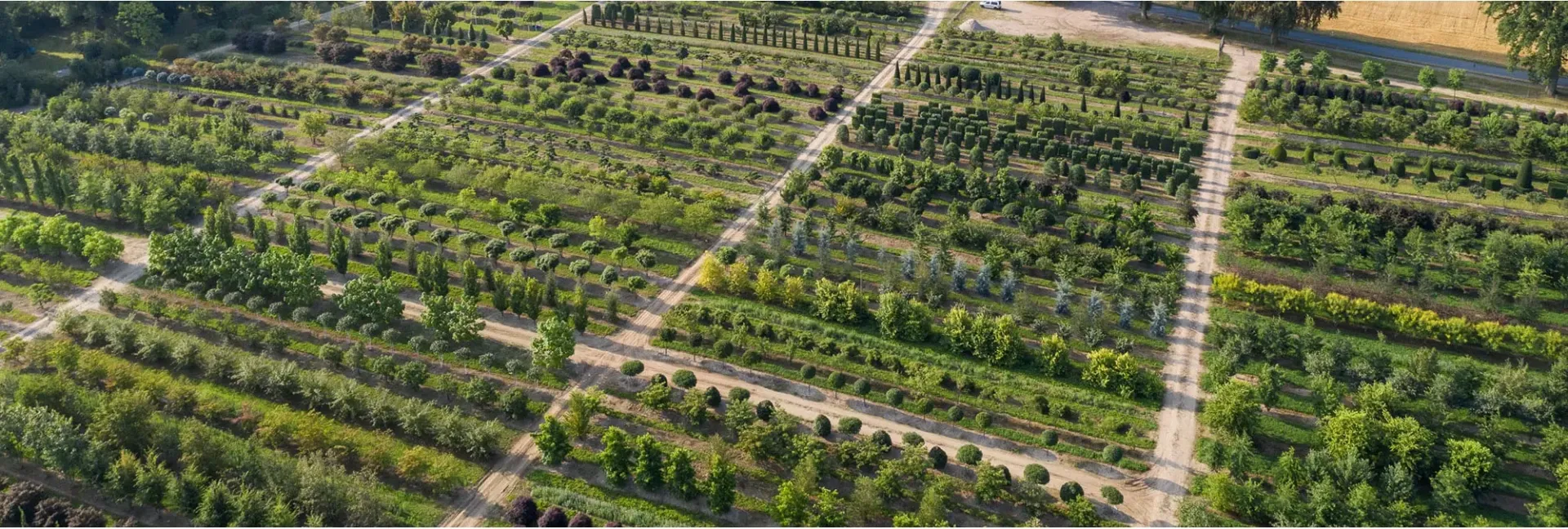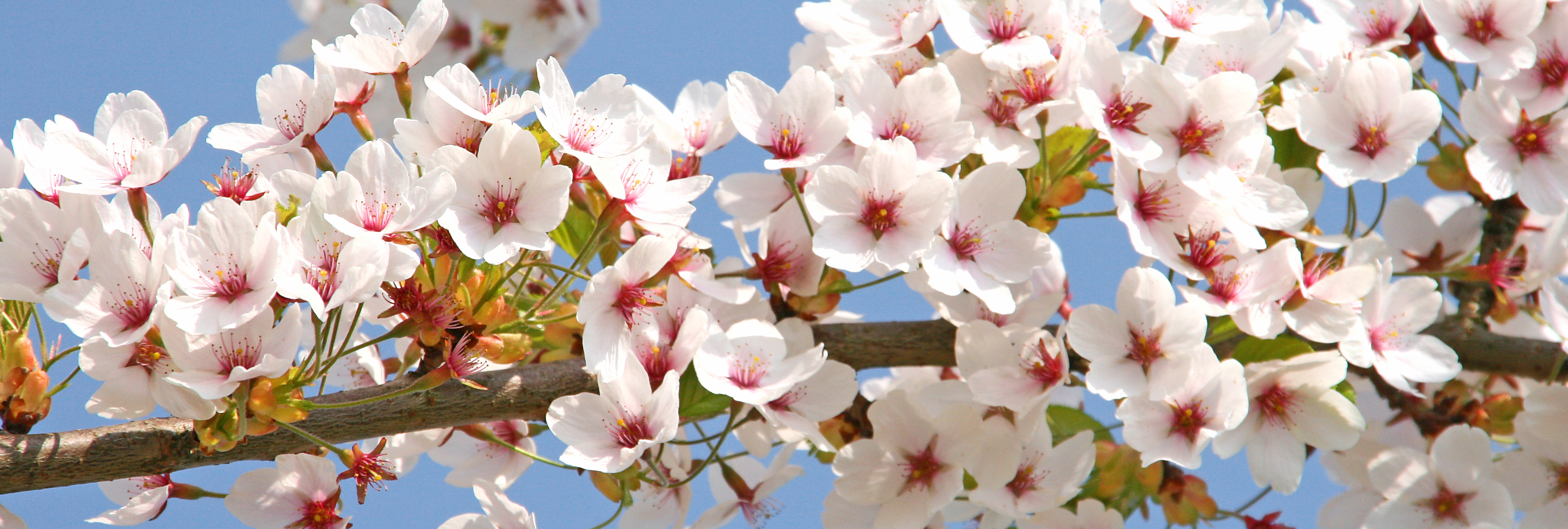
Prunus yedoensis
Tokyo cherry / May cherry
The Prunus yedoensis, known as the Yoshino cherry, fascinates with its breathtaking splendour of pale pink to white flowers. It symbolises beauty, renewal and the transience of life - a central motif in the Japanese Hanami festival. With its elegant growth and rich blossom, it is a highlight in gardens and parks.


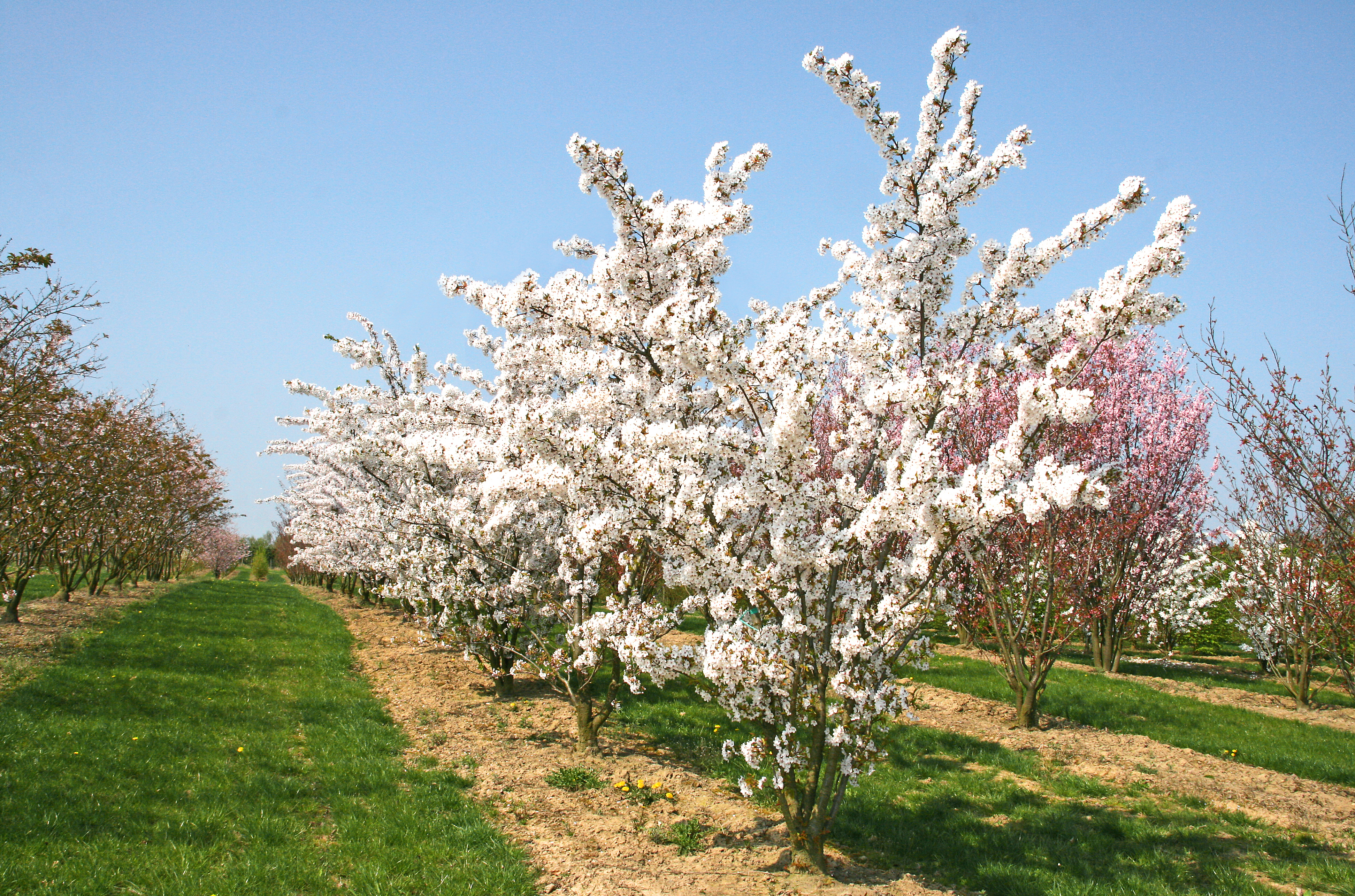
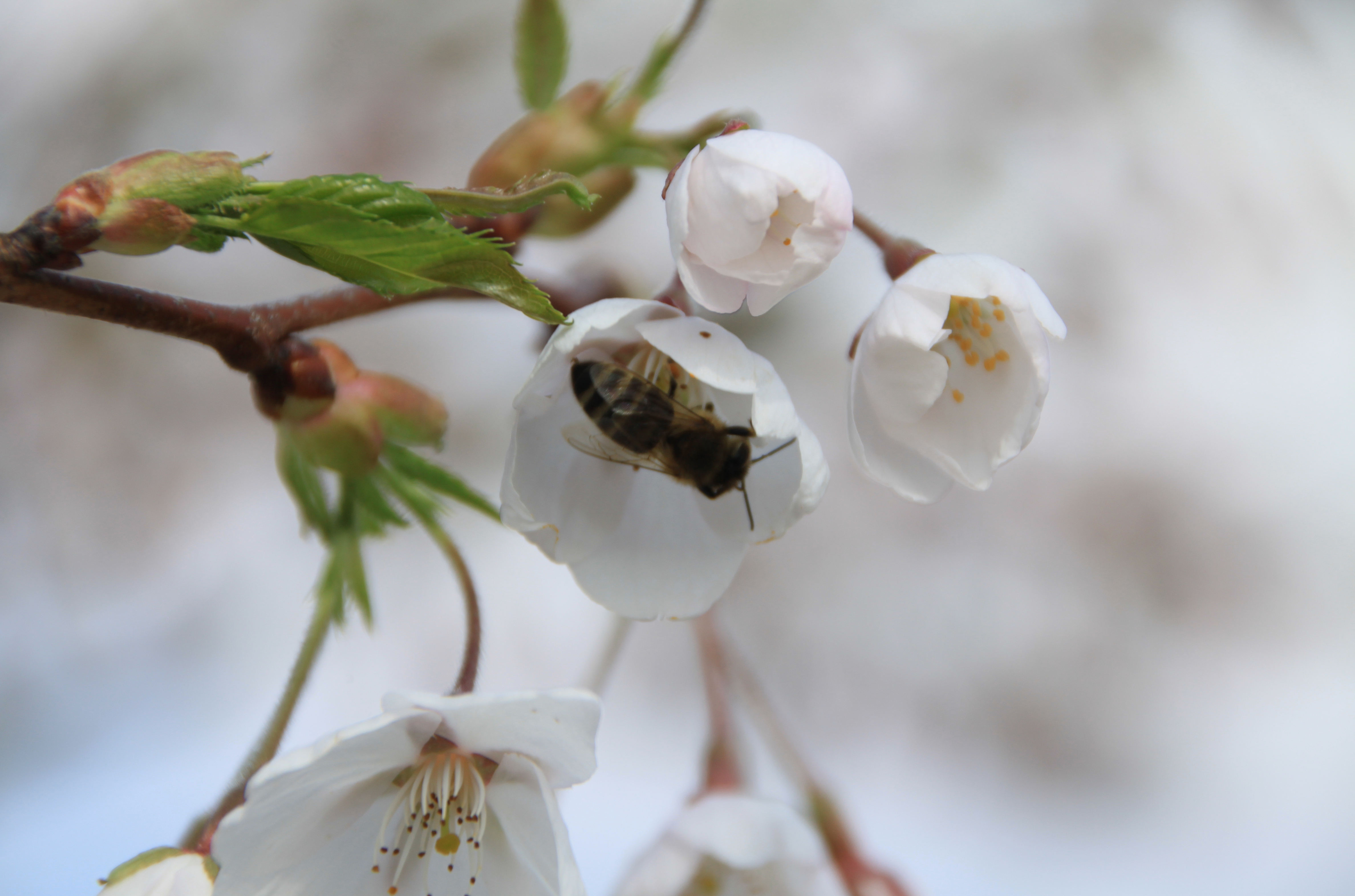
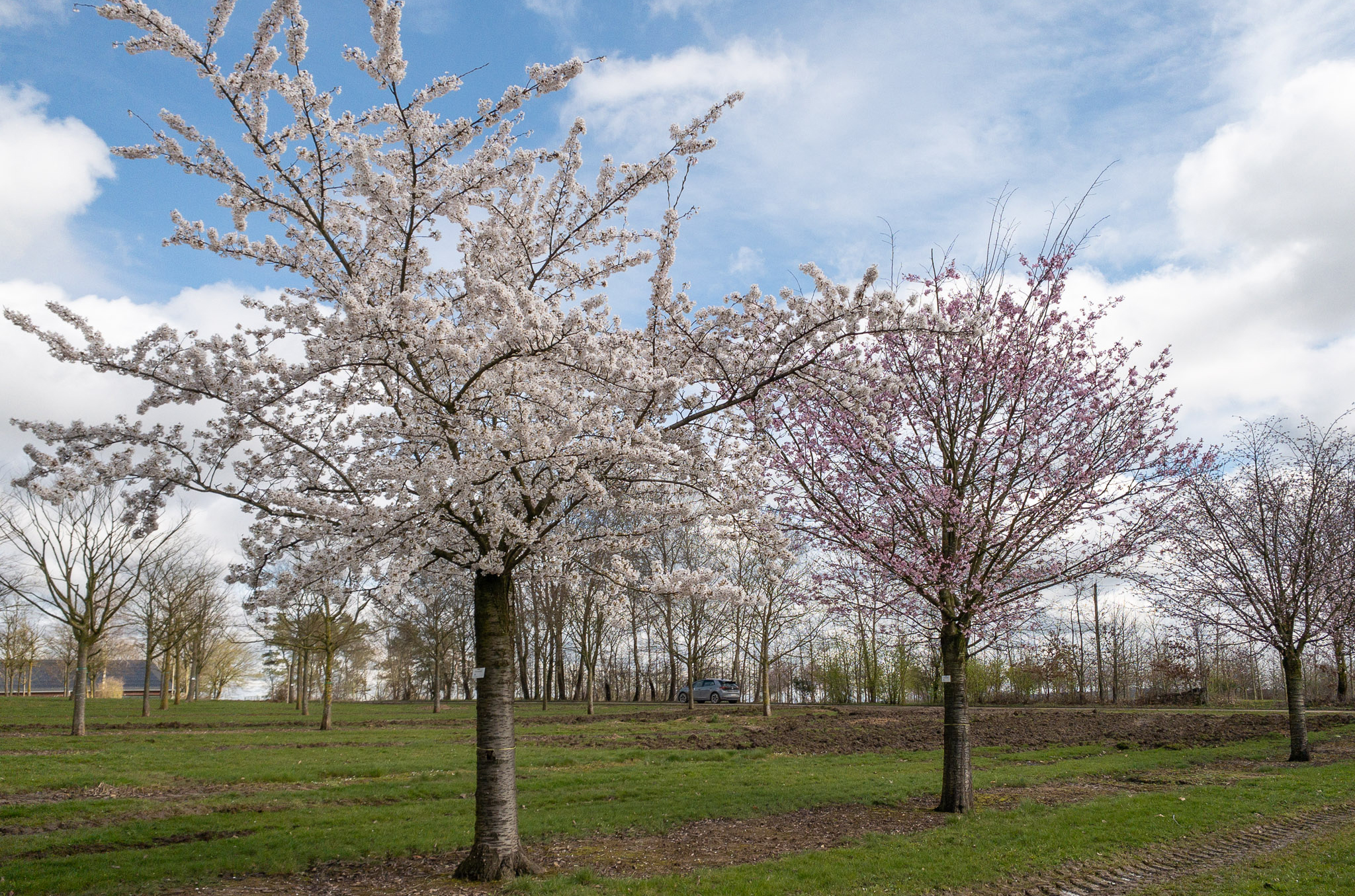
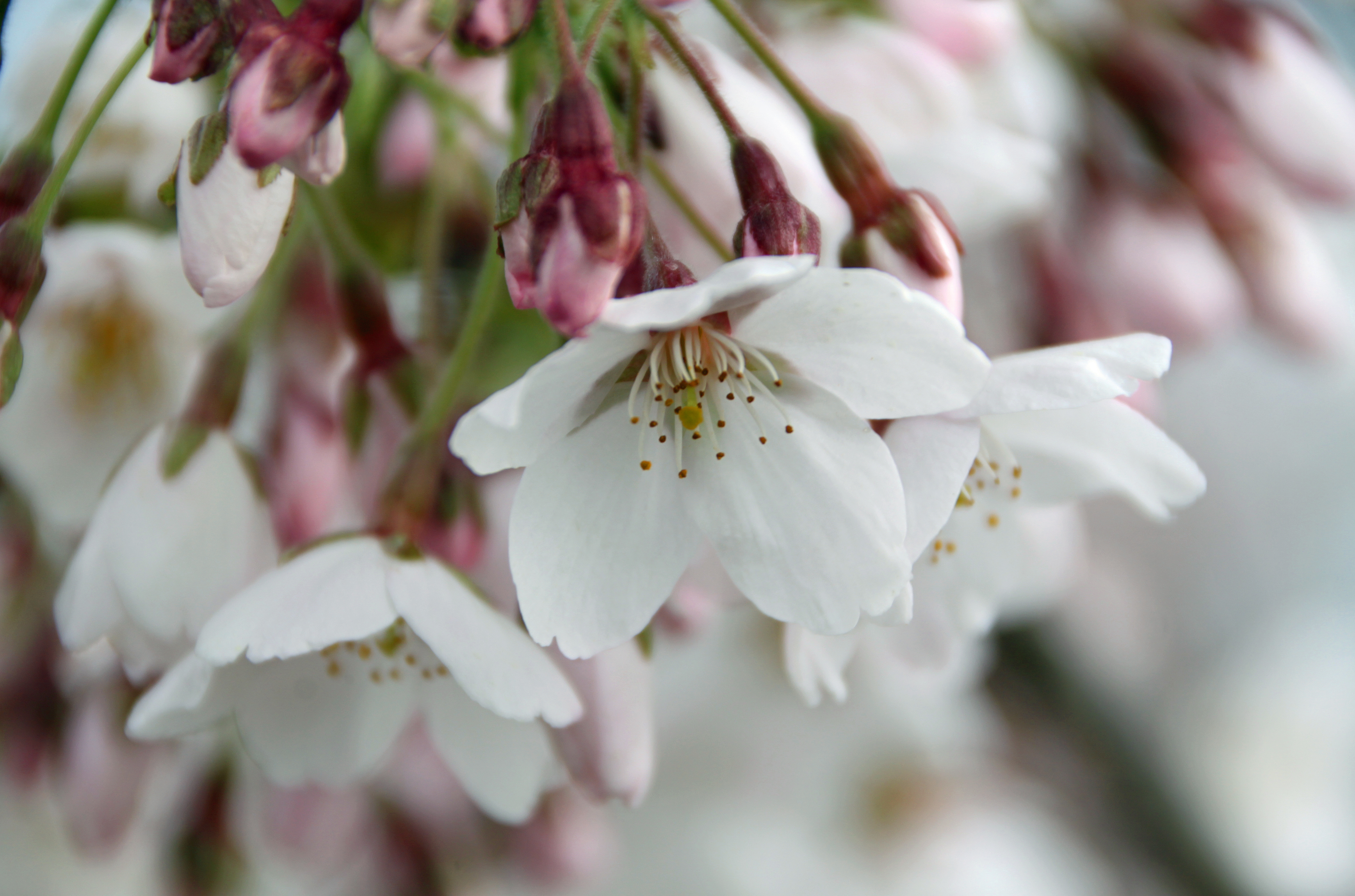
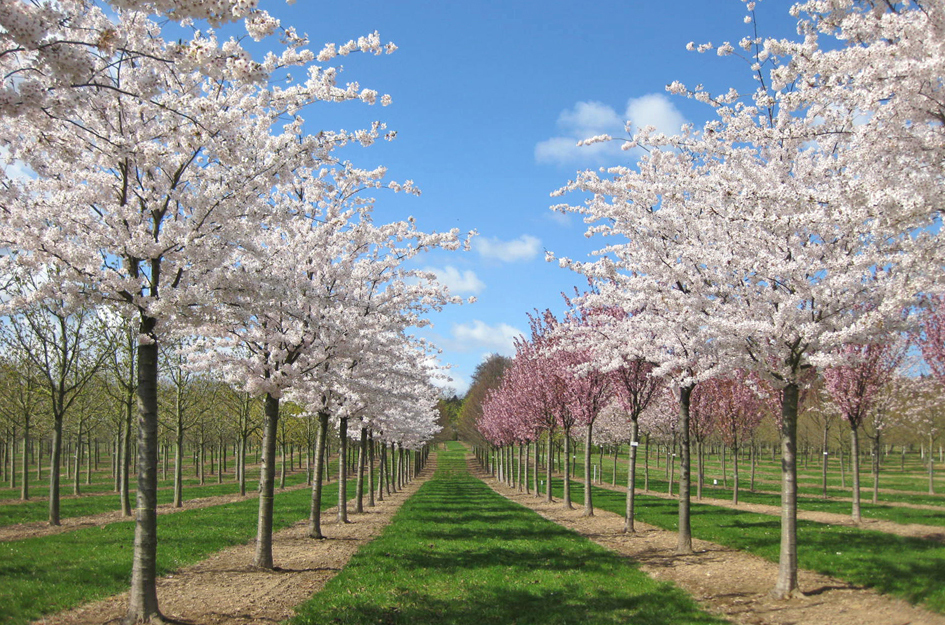
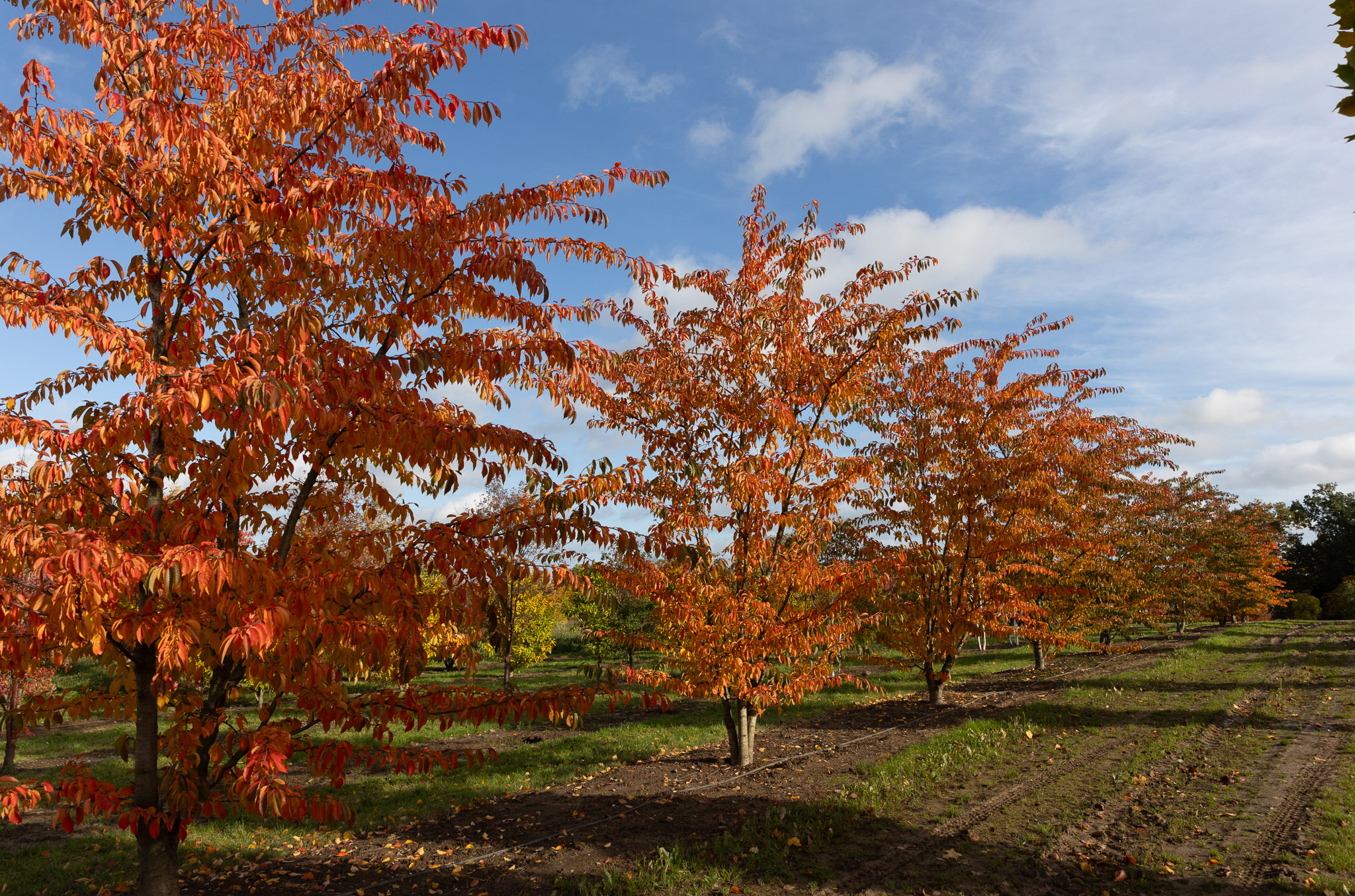

"For optimum development, the tree should be planted in autumn or early spring."
Melanie Graf, Tree gardener, Hamburg, Lorenz von Ehren Nursery
Did you already know?
These shrubs are not only visually appealing, but also provide valuable food sources for insects travelling on mild winter days. Thanks to its impressive flowering, it attracts numerous bees and butterflies and is a real eye-catcher.
FAQ - Frequently asked questions
What needs to be considered when choosing a location?
Prunus yedoensis prefers a sunny to semi-shady location with well-drained, nutrient-rich soil.
What should I bear in mind regarding planting time and care?
For optimum development, the tree should be planted in autumn or early spring. Regular watering, especially during dry periods, and annual pruning after flowering promote healthy growth. A layer of mulch protects the roots from frost and dehydration.
Is the tokyo cherry fragrant?
Prunus yedoensis (Yoshino cherry) exudes a delicate, pleasant fragrance during its flowering period in spring. The slightly sweet floral aromas contribute to the special appeal of this tree and make it a highlight in gardens and parks, not only visually but also olfactorily.
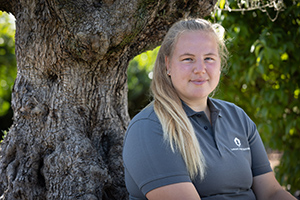
Contact
Melanie Graf
Tree gardener
phone: +49 (0) 40 7681 -0
mail: LvE(at)LvE.de

